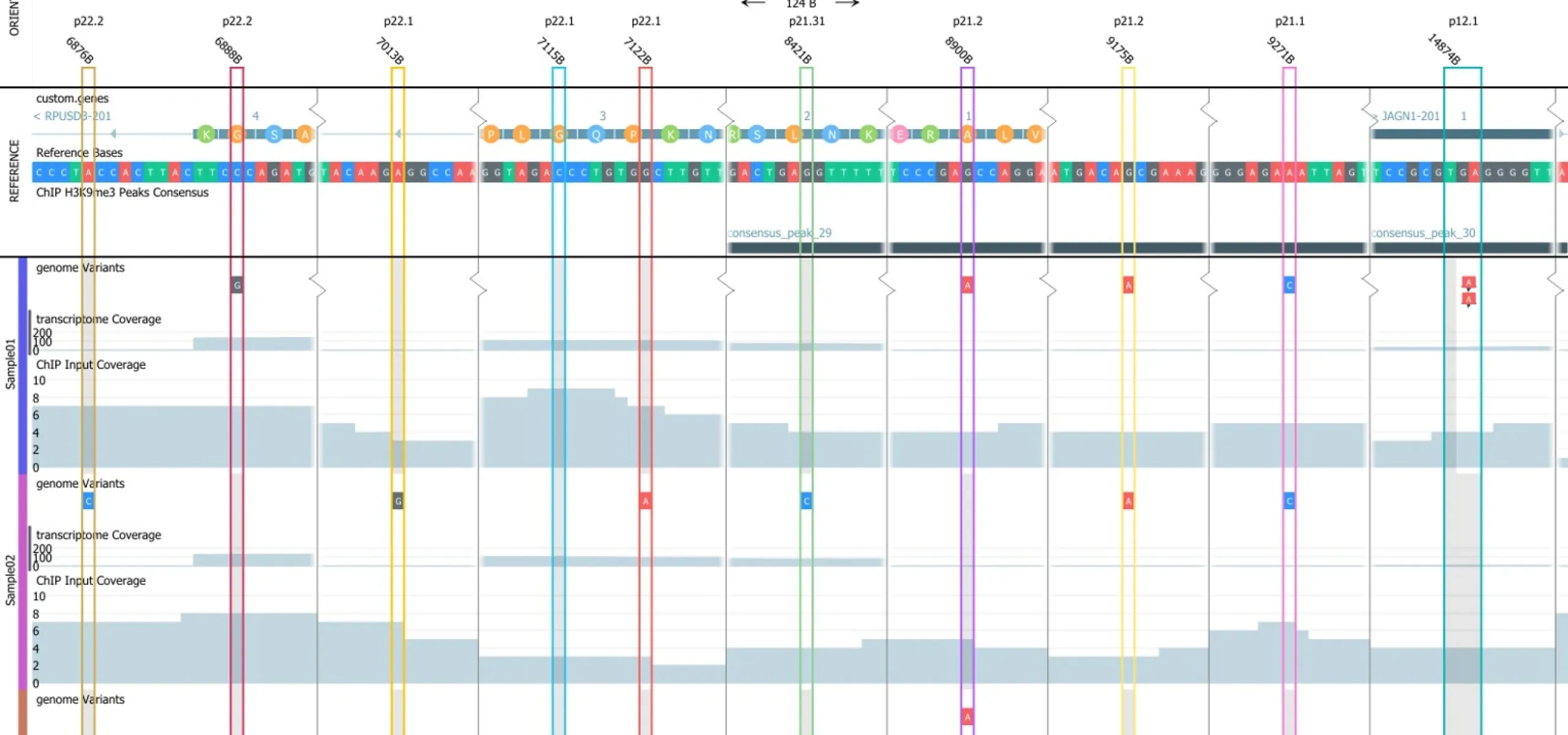VIDEO and FREE TRIAL
Qlucore Omics Explorer video
Qlucore Omics Explorer free trial

Qlucore Omics Explorer is a powerful visualization-based data analysis tool with inbuilt powerful statistics that delivers immediate results and provides instant exploration and visualization. The program supports a broad spectrum of NGS and Omics data. With the NGS module the genomic analysis is enabled.
Next-generation sequencing (NGS) technologies transforms among other research areas, cancer research by advancing our understanding of cancer pathogenesis and significantly improving the detection, diagnosis, and treatment of these diseases.
The program offers a broad suite of options for Next Generation Sequencing (NGS) data to analyze and what type of methods you can apply. The NGS module is an add on the Qlucore Omics Explorer base module and all base module functionality is available.
In the center for the NGS data analysis is the the highly interactive and flexible Genome Browser with unique dynamic filtering options. Some examples on available analysis options are:
The innovative pre-processing, which only takes place once, makes the performance requirements manageable and the NGS module is easy to deploy organizational-wide*. Full interactivity is provided for few or hundreds of samples, both for RNA-seq and DNA-seq data. The module accepts standard file formats such as FASTA, BAM, VCF, GTF and BED and results can be exported as reports or high quality images and reports.
Example: Analyzing a yeast data set. Next generation sequencing (NGS) is one of the most powerful technologies we have to gather data on biological samples. While it is used to determine genetic content and to assay RNA abundance, it is also used in combination with diverse protocols to investigate DNA/RNA binding proteins or to assess the composition of non-clonal or metagenomic populations.
Qlucore Omics Explorer (QOE) supports the user with fast, simple and visual analysis of
measured data. The NGS Module is an add-on module that will enable additional functionality
related to data generated with NGS technologies and will make it possible to interactively and
dynamically analyze and explore NGS data both from DNA and RNA.
Answer the four quick questions below and find out if you can use Qlucore on your data.
For more details about supported data formats and data import see Data Import or Contact us with questions.
Performing gene expression analysis based on RNA sequencing data, in Dilated Cardiomyopathy studies.
This case study is an example of how the use of public information from multiple sources was used to propose a new classification for glioma cancer.
A range of samples including DNA from patient blood, primary tissue from tumors, and cell lines, are studied.